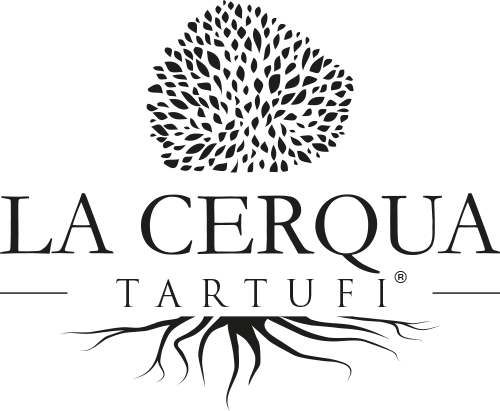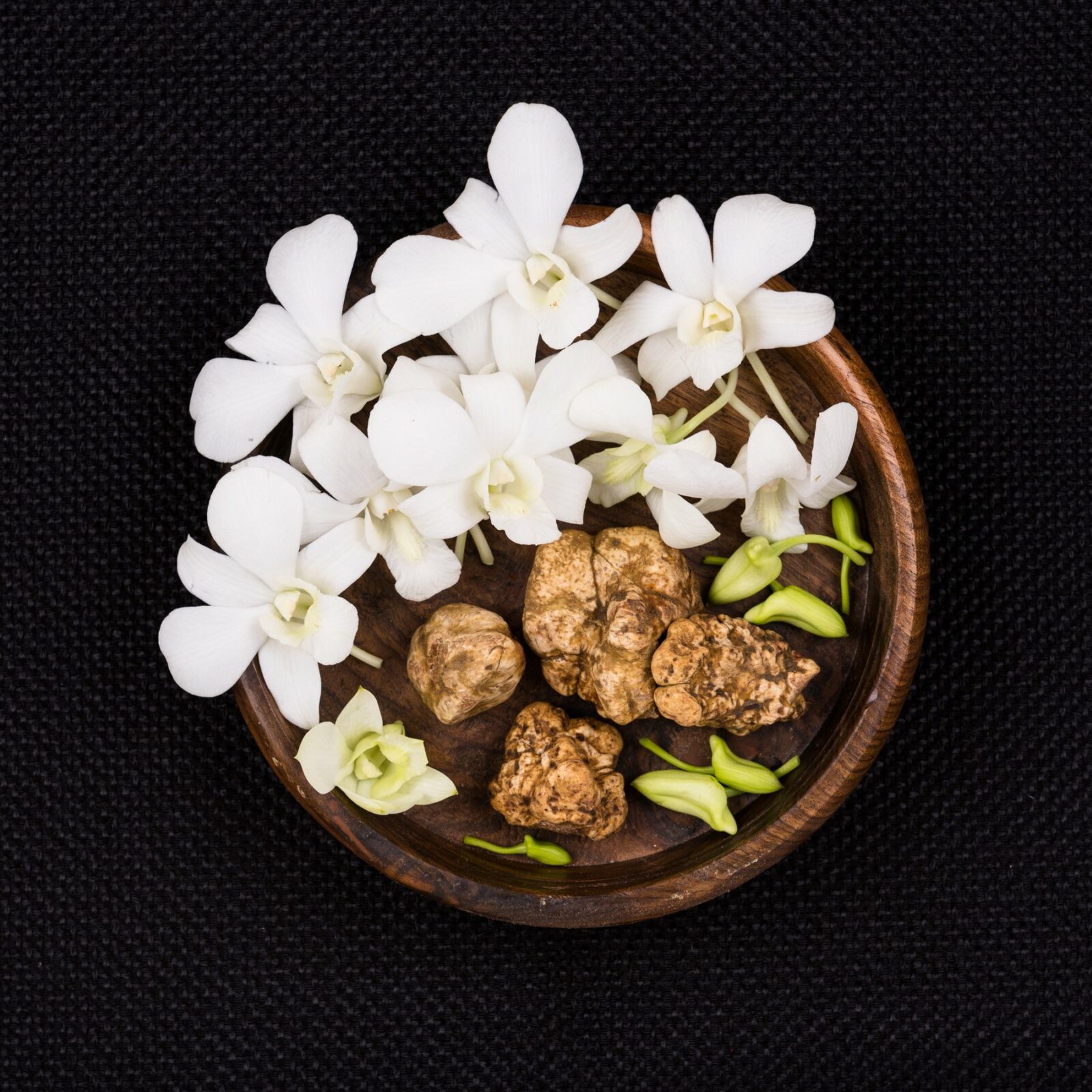Of the truffle, the author French of the 19th century, Alexandre Dumas, said: “The most educated men have been questioned about the nature of this tuber and after two thousand years of discussions and discussions their answer is the same as that of the first day: we do not know. The truffles themselves were questioned and answered simply: eat us and praise the Lord.”
There is, of course, an alternative description of the truffle – scientific-biological-ecological – whose accuracy fortunately does not detract from the finesse and mystery of this magnificent tuber. In short, the truffle develops underground in a symbiotic association with certain roots of plants or trees, along with the right type of soil and environment. Central Italy is blessed to have optimal conditions for each of these factors, which is why the truffles in these areas are among the best in the world. And despite the aroma they produce both, for the human nose, sensual and seductive, it is not for the simple pleasure of humans who emanate it, but rather to spread their spores through their volatile compounds, which act as scented signals to attract the mammals and insects useful to serve their purpose. This is where our trusty truffle dog comes in.
But enough with the science, we believe Alexandre Dumas’s explanation is valid enough for those who intend to use them in the kitchen to transform meals from delicious to spectacular. However, before you go into specifics, there are several tips you can follow to help you maximize your truffle experience.
Discover Fresh Italian Truffles in Season
Italian Fresh Truffles
conservation
- Truffles can be stored 7-10 days but it is best to use them within 4 days of receiving them.
- Keep them in the refrigerator at 37.5 degrees Fahrenheit/3 degrees C wrapped in a paper towel and enclosed in a glass jar. Change the paper every day to remove any mold. (If you keep them this way along with fresh eggs, in a few days you’ll have the best eggs you’ve ever eaten.)
Preparation and use
- To prepare them for use, clean the outside with a damp cloth and leave them for 10 minutes on a dry cloth.
- In general, truffles are better if they are not cooked, as cooking them can compromise the volatile compounds that release the characteristic aroma. However, fats are able to capture and preserve these aromas. So for a better flavor and texture, cut the truffles into slices and add them to the warm/hot food at the last minute.
- Having truffles a strong scent, they are better associated with foods with an unmarked flavor.






